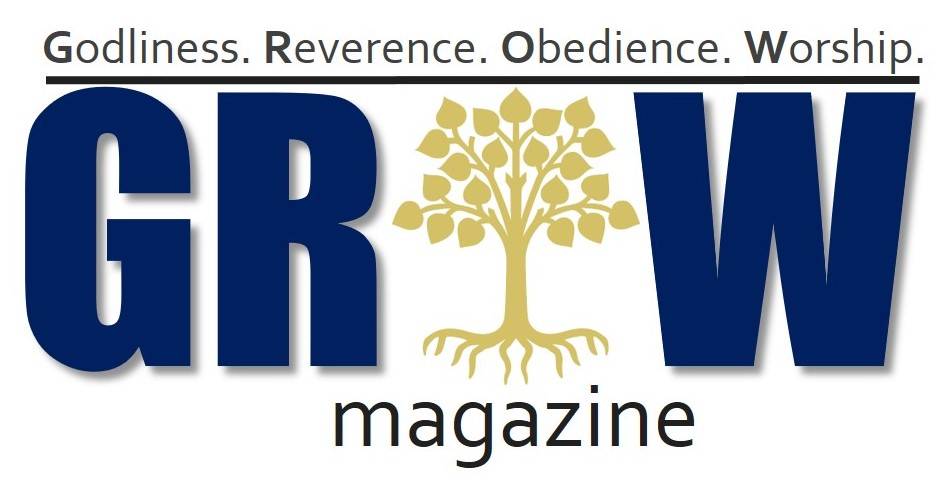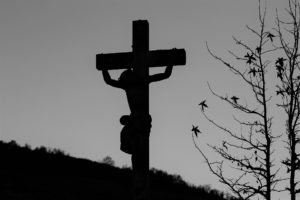How Christ Relates to the Church: The Chief Cornerstone
CHURCH ARTICLE | Osamagbe Lesley Egharevba | Lagos, Nigeria

floyd99 | Pixabay
“Now, therefore you are no longer strangers and foreigners, but fellow citizens with the saints and members of the household of God, having been built on the foundation of the apostles and prophets, Jesus Christ Himself being the chief cornerstone, in whom the whole building, being fittted together, grows into a holy temple in the Lord, in whom you also are being built together for a dwelling place of God in the Spirit.” (Ephesians 2:19-22, NKJV)
As seen in our text above, the Bible describes Jesus as the Chief Cornerstone of His Church. This is the church that He promised to build (Matthew 16:18), the church that He purchased with His own blood (Acts 20:28), the church that He is the head of (Ephesians 1:22-23; Colossians 1:18), and the church that He is the Chief Shephard (I Peter 5:4). Read More






